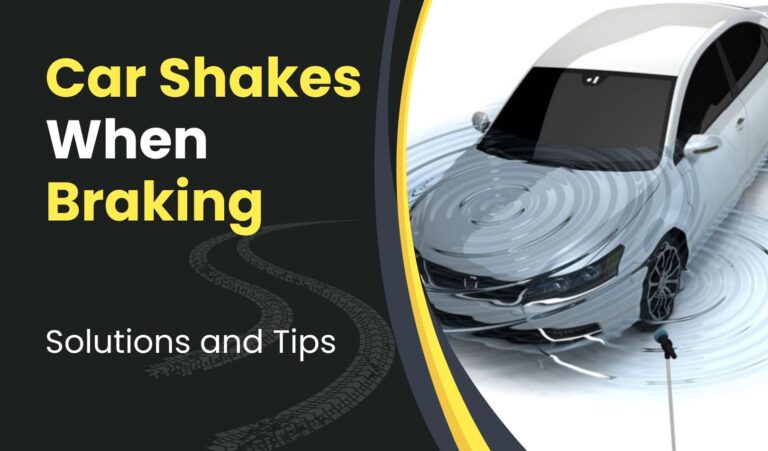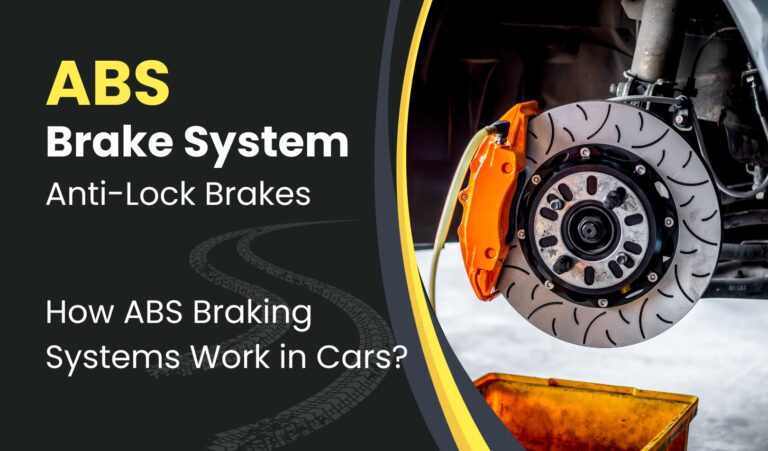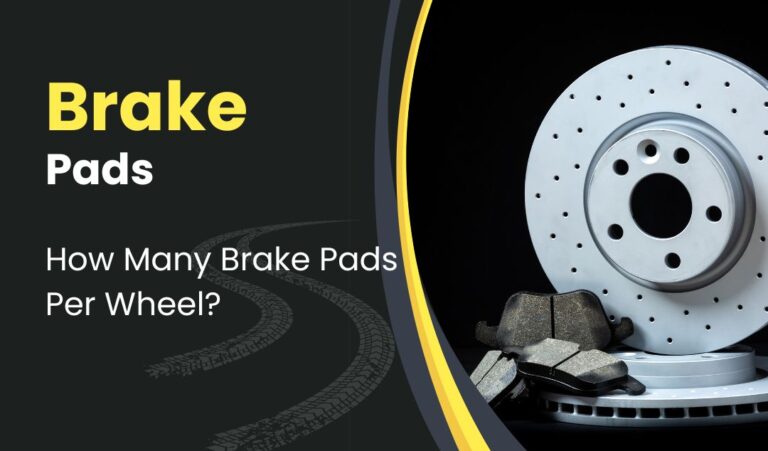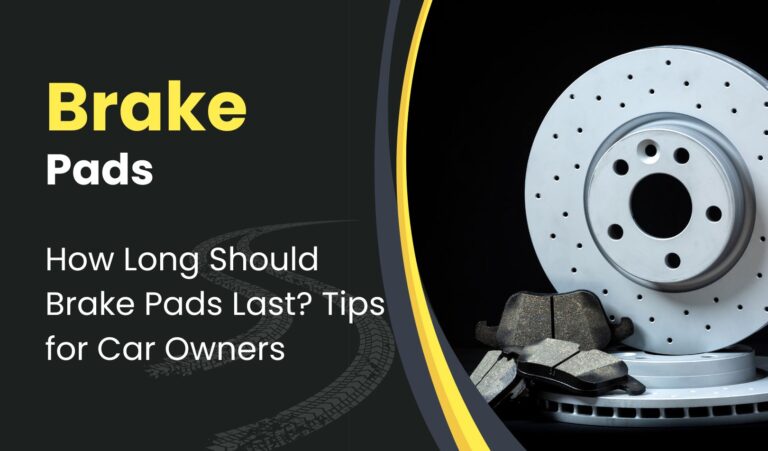Drum vs Disc Brakes: What Modern Cars Use and Why
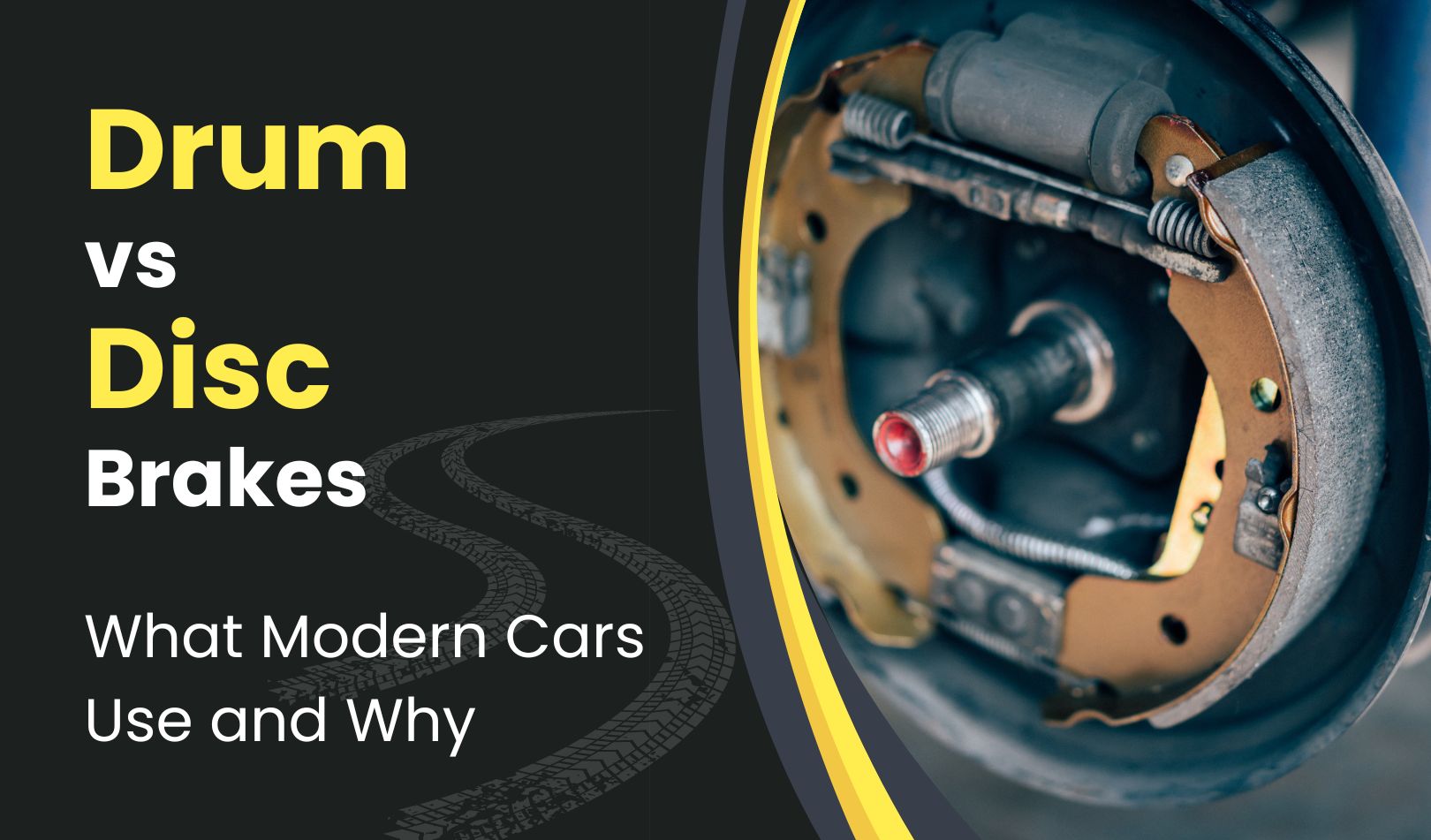
When it comes to vehicle safety, brakes play a crucial role. The debate between drum vs disk brakes has been ongoing for years, with each system having its own strengths and weaknesses. As technology advances, manufacturers continue to refine these braking mechanisms to enhance performance, durability, and cost-effectiveness. Understanding the differences between drum and disk brakes is essential for drivers and car enthusiasts alike.
This article delves into the world of modern braking systems, exploring why certain vehicles still use drum brakes while others have switched to disk brakes. We’ll examine the advantages and drawbacks of each system, discuss hybrid solutions that combine both technologies, and shed light on the factors that influence automakers’ decisions. By the end, readers will have a clearer picture of the current state of brake technology in the automotive industry.
Drum Brakes in Modern Vehicles
Rear Wheel Applications
Drum brakes continue to find applications in modern vehicles, primarily on rear wheels. This placement is strategic, as rear brakes contribute only about 30% of the overall braking effort. Many automakers opt for drum brakes in the rear due to their cost-effectiveness and adequate performance for this purpose. The inherent design of drum brakes offers certain advantages, including lower manufacturing costs and reduced input force requirements for activation.
Parking Brake Functionality
One significant benefit of drum brakes is their dual functionality as both service brakes and parking brakes. The drum brake system incorporates a parking brake mechanism, eliminating the need for separate components. When the parking brake is engaged, it activates a lever inside the drum, pushing the brake shoes outward against the drum’s inner surface. This design provides reliable vehicle immobilization when parked.
Longevity and Durability
Drum brakes have proven to be durable and long-lasting, especially in rear wheel applications. Under normal driving conditions, drum brakes can operate effectively for 150,000 to 200,000 miles, with brake shoes typically lasting 30,000 to 40,000 miles. This longevity contributes to lower maintenance costs over the vehicle’s lifetime, making drum brakes an attractive option for cost-conscious consumers and manufacturers alike.
Free Brake Inspection by Expert Technicians.
Disk Brakes: The Front Runner
Superior Braking Force
Disk brakes have become the preferred choice for modern vehicles, especially for front wheels. They offer a significant advantage in stopping power, with 17% to 33% shorter stopping distances compared to drum brakes. This superior performance is crucial for vehicle safety, as the front brakes handle about 70% of the braking effort due to weight transfer during deceleration.
Heat Management
One of the key strengths of disk brakes is their ability to manage heat effectively. During high-speed or frequent braking, disk brakes dissipate heat more efficiently than drum brakes. This open design helps prevent brake fade, a condition where braking power diminishes due to overheating. However, excessive heat can still cause issues, such as warped rotors or glazed brake pads, which may require brake repair.
Responsiveness and Feel
Disk brakes provide better pedal feel and responsiveness, allowing drivers to modulate braking force more precisely. The compact, rigid design of disk brake calipers contributes to this improved feedback. This responsiveness is particularly valuable in emergency situations or when driving in challenging conditions, enhancing overall vehicle control and safety.
Hybrid Brake Systems
Combining Drum and Disk Brakes
Many modern vehicles employ a hybrid brake system, combining drum brakes on the rear wheels with disk brakes on the front. This configuration balances performance and cost-effectiveness. The front disk brakes provide superior stopping power, while the rear drum brakes offer adequate performance and serve as efficient parking brakes. This setup also allows for a smaller master cylinder, as drum brakes require less initial pressure to apply.
Vehicle Weight Distribution
Weight transfer plays a crucial role in braking dynamics. During deceleration, the vehicle’s weight shifts forward, increasing the load on the front tires. This phenomenon enhances the effectiveness of front disk brakes, which handle about 70% of the braking effort. Rear drum brakes, while less powerful, are sufficient for the reduced load on the rear wheels during braking.
Performance vs Cost Balance
The choice between drum and disk brakes involves a careful balance of performance and cost. While disk brakes offer superior stopping power and heat dissipation, they are more expensive to manufacture and maintain. Drum brakes, though less efficient, are more cost-effective and provide adequate performance for rear wheels, where braking demands are lower. This hybrid approach allows manufacturers to optimize braking performance while managing production costs.
Free Brake Inspection by Expert Technicians.
Conclusion
The debate between drum and disk brakes continues to shape the landscape of modern vehicle design. Manufacturers carefully weigh the pros and cons of each system, often opting for a hybrid approach that balances performance with cost-effectiveness. This strategic combination of disk brakes on the front wheels and drum brakes on the rear allows for improved stopping power and heat management where it’s needed most, while maintaining the benefits of durability and built-in parking brake functionality.
As automotive technology advances, the evolution of braking systems remains a key focus for enhancing vehicle safety and performance. Whether you’re in need of brake repair or simply curious about your car’s braking system, understanding these differences can help you make informed decisions about your vehicle’s maintenance and safety. For expert auto repair services, including brake repair in Columbia, SC, consider reaching out to a trusted mobile mechanic who can provide convenient and professional assistance.
FAQs
1. What are the reasons for modern cars using drum brakes?
Drum brakes are favored in modern cars for several reasons. They can generate more braking force than disk brakes of the same size and tend to last longer due to their larger friction contact area. Additionally, drum brakes are less expensive to manufacture and produce less heat, particularly in the rear.
2. Why do many new cars have drum brakes on the rear wheels?
Manufacturers opt for rear drum brakes primarily due to their cost-effectiveness and simplicity. Drum brakes are cheaper to produce as they consist of fewer parts compared to disk brakes. They also serve a dual function, acting as both service brakes and parking brakes.
3. Which types of vehicles typically use drum brakes?
Drum brakes are commonly used in various vehicles. The duo servo type of drum brake is primarily utilized as parking brakes in passenger cars, as central brakes in trucks, and in forklifts.
4. Why does Ford continue to use drum brakes in their vehicles?
Ford uses drum brakes in the rear of many of their smaller and non-performance oriented models because they are cost-effective and facilitate the integration of a parking brake. An example is the Ford Focus, which features rear drum brakes.

